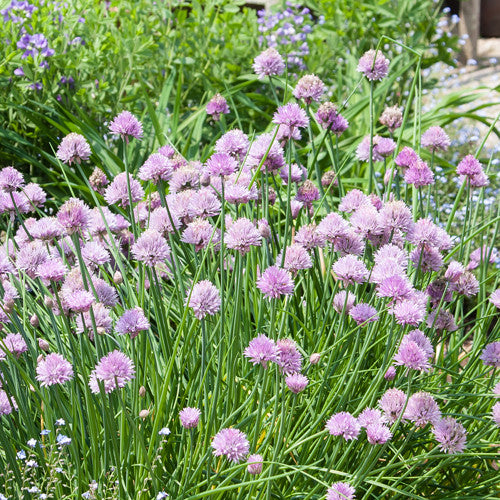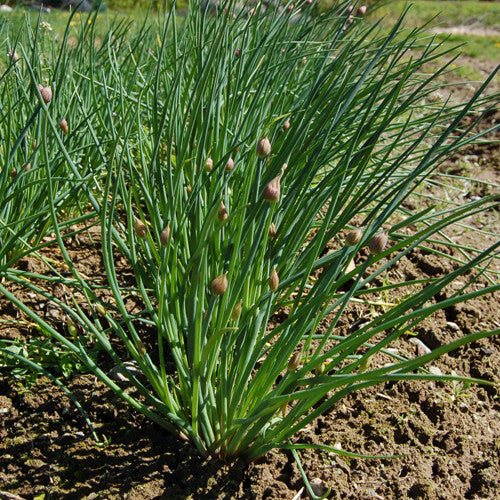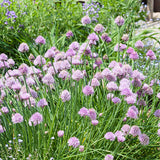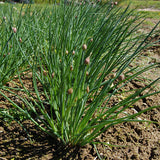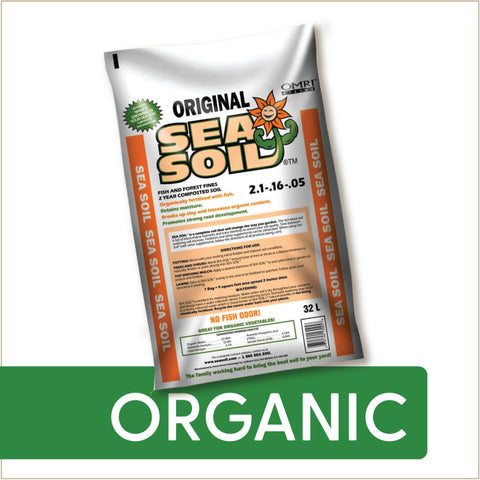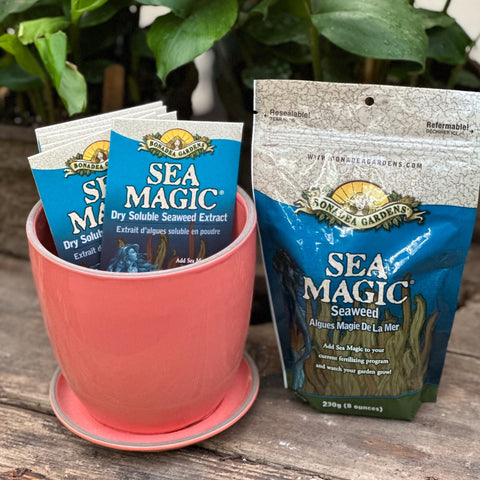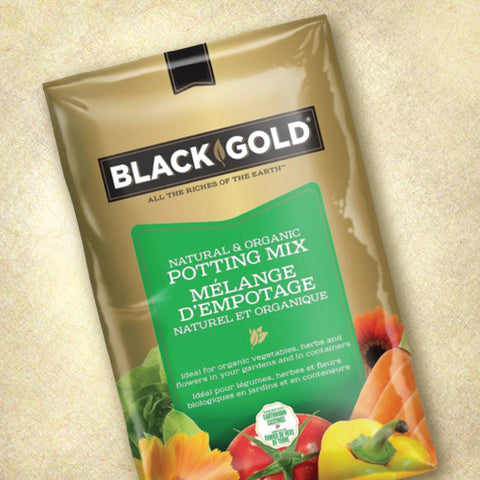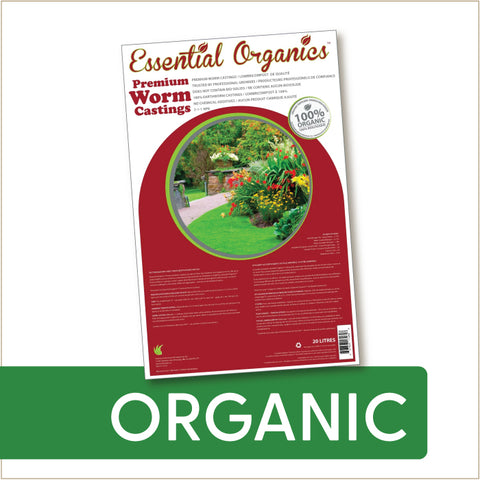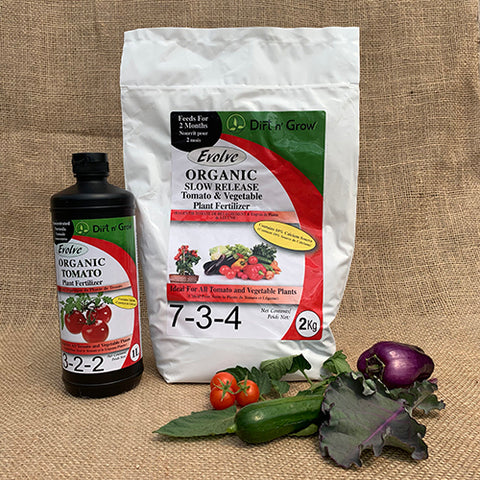Seeds - Chives OG (SGH)
$4.79
This item may be out of season or currently out of stock. Please check back.
Description: Classic garden herb! Use the oniony leaves fresh in salads, vinegars, dressings, soups and marinades. Leaves can be cut and dried for winter use. Mauve flowers are gorgeous in the late spring garden.
Pack Size: .5 g / ~500 seeds
Latin Name: Allium schoenoprasum
Alternative Names: Onion chives
Main Uses: Culinary, Edible Flower, Landscape
Zone Hardiness: Zone 2
Exposure: Full sun
Ht: 35 cm. (15 inches)
Flower Color: Mauve
Flowering Time: Mid-June
Seed Source: Organically grown
Germination: 7 - 21 days.
Sowing: Indoors, 8-10 weeks before planting out. Sow 6-12 seeds per plug cell. For best results, apply Sea Magic™ kelp from first watering. Apply a seedling-starter fertilizer such as Evolve Seedling once the second set of true leaves has appeared, and then alternate between the kelp and seedling starter until transplant. Chives can be direct-seeded outdoors in fall, for beautiful plants the following spring.
Planting Depth: Lightly-covered.
Planting Out: Plant in well-drained fertile soil (garden or container) once seedlings are established and risk of frost has passed.
Spacing: 8-12 inches between plants.
Seed storage: Store seeds in the refrigerator until ready to sow - this speeds up germination and also prolongs seed viability.
Growing in Containers: Very well-suited for containers, 6 inches and up.
Fertilizing (Containers): Add 25% Sea Soil to potting mix at time of transplant, then fertilize with balanced organic fertilizer every two weeks during the growing season.
Watering (Containers): Water deeply when top inch of soil feels dry to the touch. Check every day or two during very hot weather.
Growing in Mixed Planters: Looks great in larger mixed planters. Combine with other leafy vegetables or herbs.
Fertilizing (Garden): Amend garden bed with compost.
Watering (Garden): Water young plants daily to get them established, then water only as required.
Beneficials Attracted to this Plant: Bees - planting chives is an excellent way to attract pollinating bees to your garden, which will increase yields on fruiting plants and vegetables.
Pruning: Cut plants down 3/4 of the way as flowers fade, and before seeds have ripened.
Harvesting: Leaves can be harvested regularly using sharp scissors.
Special Requirements for Cold Climate Gardeners: Many people cut the Chive flowers off before they go to seed, reducing the number of Chive seedlings that naturalize in the garden. Cutting the plants right down to the ground after the first harvest (end of June) will encourage tender new greens to develop.
Pest/Disease Issues: Chives repel a number of harmful insects including aphids, beetles, cabbage worms, Japanese beetles and slugs.
Suitability for Indoors: Not easy to grow indoors as they like to go dormant through the winter. If you really want to try growing them indoors, we suggest chopping the plants down and giving a rest period.

